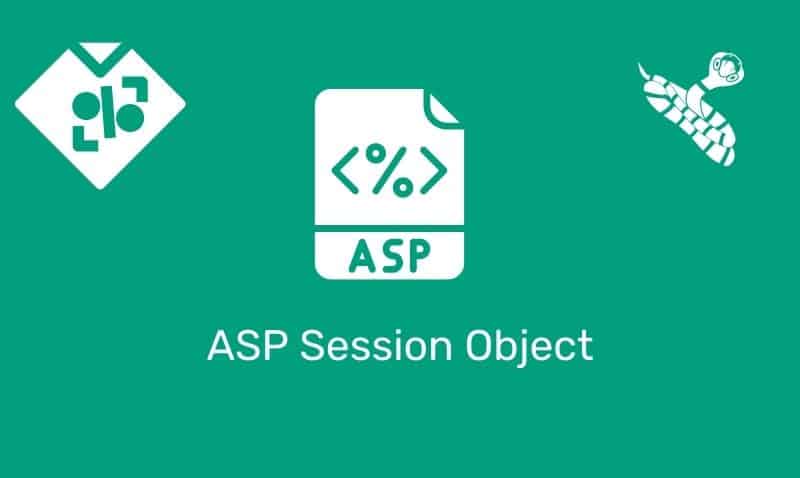The jQuery event pageX and pageY provides the position of the mouse pointer, relative to the left edge pageX and/or right edge pageY of the document.
Syntax
event.pageX
event.pageYBasic Example
In the following jQuery example, the event.pageX and event.pageY will be used to display the X and Y position of the mouse cursor.
<!DOCTYPE html>
<html>
<head>
<script type="text/javascript" src="jquery.js"></script>
<script type="text/javascript">
$(document).ready(function(){
$(document).mousemove(function (e) {
$("#pos").text("X: " + e.pageX + " | Y: " + e.pageY);
});
});
</script>
</head>
<body>
<div id="pos"></div>
</body>
</html>You can also get the pageX and pageY coordinates for a specific HTML element by making some simple changes to the jQuery code as follows.
<!DOCTYPE html>
<html>
<head>
<script type="text/javascript" src="jquery.js"></script>
<script type="text/javascript">
$(document).ready(function(){
$("#pos").mousemove(function (e) {
var x = e.pageX - this.offsetLeft;
var y = e.pageY - this.offsetTop;
$("#pos").text("X: " + x + " | Y: " + y);
});
});
</script>
</head>
<body>
<div id="pos"></div>
</body>
</html>










